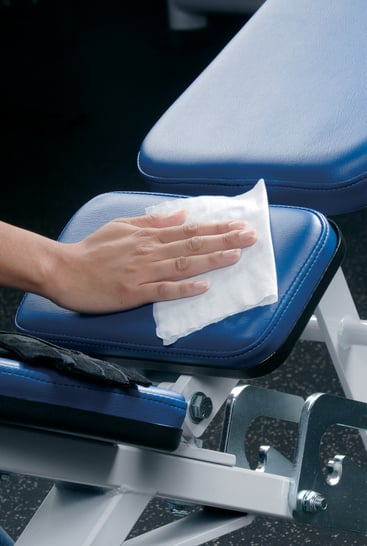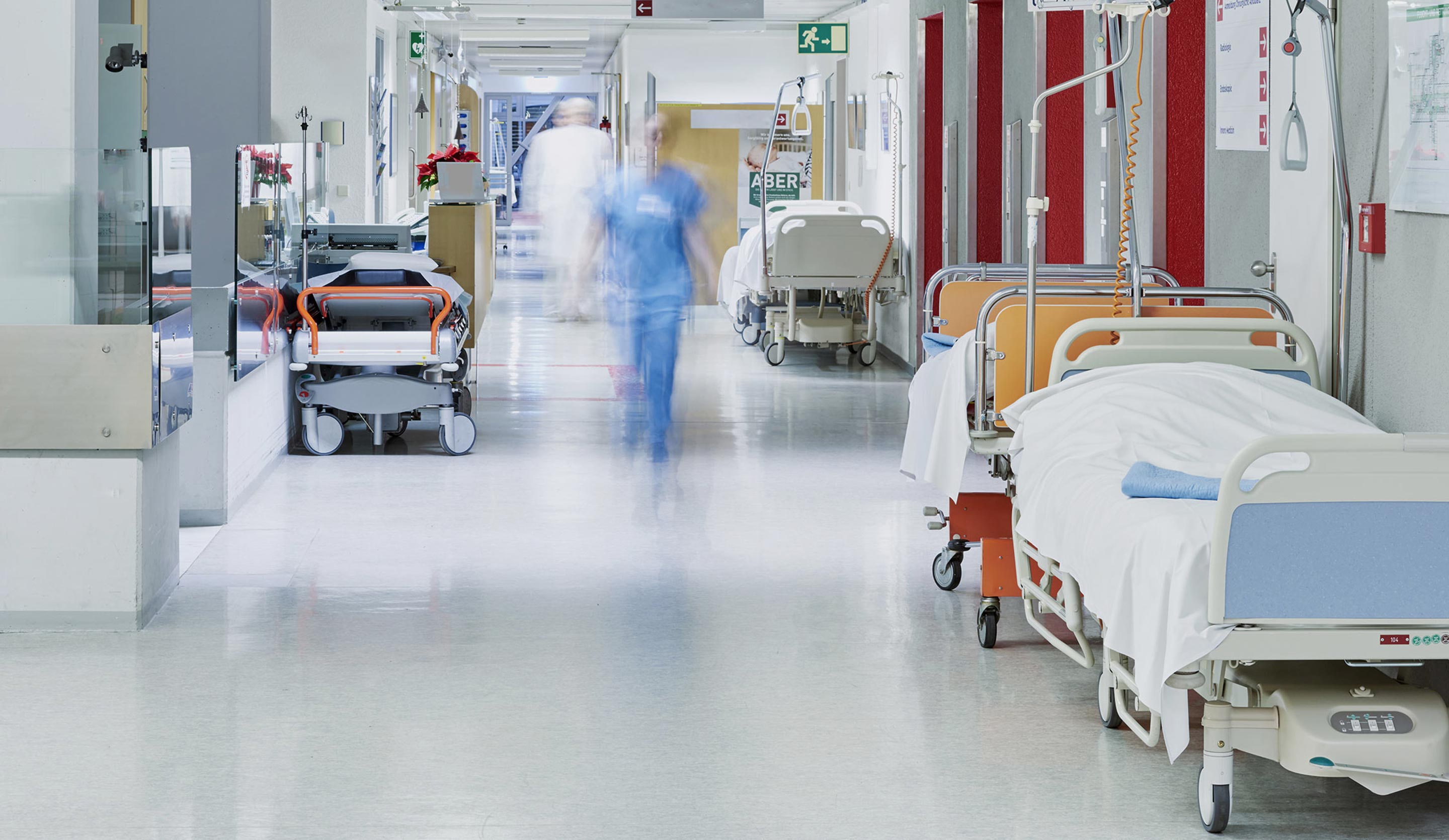In the world of athletic facilities, cleanliness is not just a matter of appearance; it's a cornerstone of customer satisfaction and safety.
According to IHRSA, over 8o% of members believe dirty gyms have more germs. With the influx of customers, especially at the start of a new year, maintaining a pristine environment becomes even more crucial. This is where the concept of zone-by-zone cleaning comes into play. By tailoring strategies for the different functional areas of a fitness center, facility managers can ensure that each zone is cleaned with the most appropriate and effective techniques.
The Importance of Customized Cleaning
Athletic facilities are composed of various zones, each with its unique set of cleaning requirements. There’s usually a lobby or reception desk, various workout areas, locker rooms, bathrooms, and administrative offices—all with different cleaning needs. By customizing cleaning checklists for each of these unique areas, facility managers can target specific needs, ensuring a comprehensive and efficient cleaning process.
Zone: Reception and Common Areas
The reception area or check-in desk is the first point of contact for your clients and often sets the tone for their experience. Daily tasks should include:
- Dusting all surfaces including overhead fans, vents, and lights.
- Disinfecting high-touch surfaces like door handles and reception counters.
- Wiping down and dusting retail fixtures.
- Cleaning floors, including vacuuming and/or mopping.
 Zone: Workout Areas
Zone: Workout Areas
Workout zones are high-touch and high-traffic areas, making them prone to bacteria and germs. A study by FitRated found that gym equipment can harbor significantly more bacteria than typical household items. For instance, free weights can have 362 times more bacteria than a toilet seat. To help keep clients safer from pathogens, include these tasks to help break the chain of infection:
- Clean and sanitize all equipment after use, including weights, machines, and mats, using presaturated wipes specifically formulated to not break down surface finishes.
- Ensure floors are cleaned thoroughly, focusing on areas under machines and around free weights.
- Wipe down mirrors, climbing walls, and other vertical surfaces.
- Regularly check and refill sanitizing wipe dispensers and hand sanitizer stations.
- Disinfect high-touch surfaces in the area such as light switches, handrails, etc.
Zone: Locker Rooms and Bathrooms
Heat and moisture build-up can contribute to increased mold, fungus, and other problems in fitness centers. Keeping restrooms, changing areas, and saunas clean is critical for preventing the spread of bacteria and maintaining customer comfort. Excess moisture can be a safety hazard, so facility managers should handle it quickly. Proper maintenance in this zone also helps reduce costly repairs. Here are some tactics for keeping this zone in top condition:
- Clean and disinfect toilets, sinks, showers, tubs, and saunas thoroughly each day.
- Wipe down lockers, counters, and benches daily to remove dirt and moisture.
- Control odor with nontoxic air fresheners and proper ventilation.
- Mop and/or vacuum floors to remove excess moisture and debris
- Replace wet, used towels with dry ones, and empty laundry bins regularly.
Zone: Administrative Offices and Staff Areas
Though not always visible to clients, cleaning these areas is vital for the overall hygiene of the facility. This zone is where staff might eat meals, hold training sessions, or meet with clients. Gym employees move constantly from staff-only areas to customer-facing spaces throughout the day, so any germs picked up in this zone could be spread to clients. Facility managers can customize their cleaning protocol and ensure this zone is safe for both staff and clients by:
- Regularly disinfecting desks, computers, phones, and other high-touch equipment.
- Removing food and beverage waste promptly to reduce sanitation issues.
- Maintaining an organized environment to support staff wellbeing and efficiency.
- Implementing recycling and waste management strategies to promote sustainability.
Deep Cleaning and Maintenance
In addition to daily tasks, schedule regular deep cleaning sessions.
- Focus on areas that are difficult to clean daily, like ceiling fans and light fixtures. Contec Professional’s Premira® Microfiber High Duster Covers paired with the versatile ZeroGravity™ Mopping System are a great option for cleaning overhead.
- Inspect and maintain HVAC systems for better air quality.
- Address any plumbing repairs or maintenance issues promptly to prevent further damage or hygiene issues.
Adapting to Peak Times
During peak times, like the beginning of the year, adapt your cleaning schedule to accommodate increased foot traffic.
- Increase the frequency of cleaning high-touch areas.
- Assign additional staff to manage the workload effectively.
- Switch to single-use mops and wipes to eliminate laundering tasks.
- Monitor supplies like cleaning chemicals and sanitizers, ensuring they are well-stocked.
Staff Training and Involvement
The effectiveness of any cleaning program lies in the hands of the staff.
- Conduct regular training sessions on proper cleaning techniques and safety protocols.
- Encourage staff to take ownership of their areas and report any hygiene-related issues.
- Update staff on any changes in cleaning products or equipment.
A well-maintained athletic facility is not only about cleanliness; it's about creating a healthy, safe, and inviting environment for your customers. By implementing a cleaning plan for different zones, facility managers can ensure that every area receives the attention it deserves. This approach not only helps in maintaining high standards of hygiene but also plays a significant role in customer satisfaction and retention. Remember, a facility’s cleanliness reflects its commitment to clients' well-being and is the foundation for continued success.





